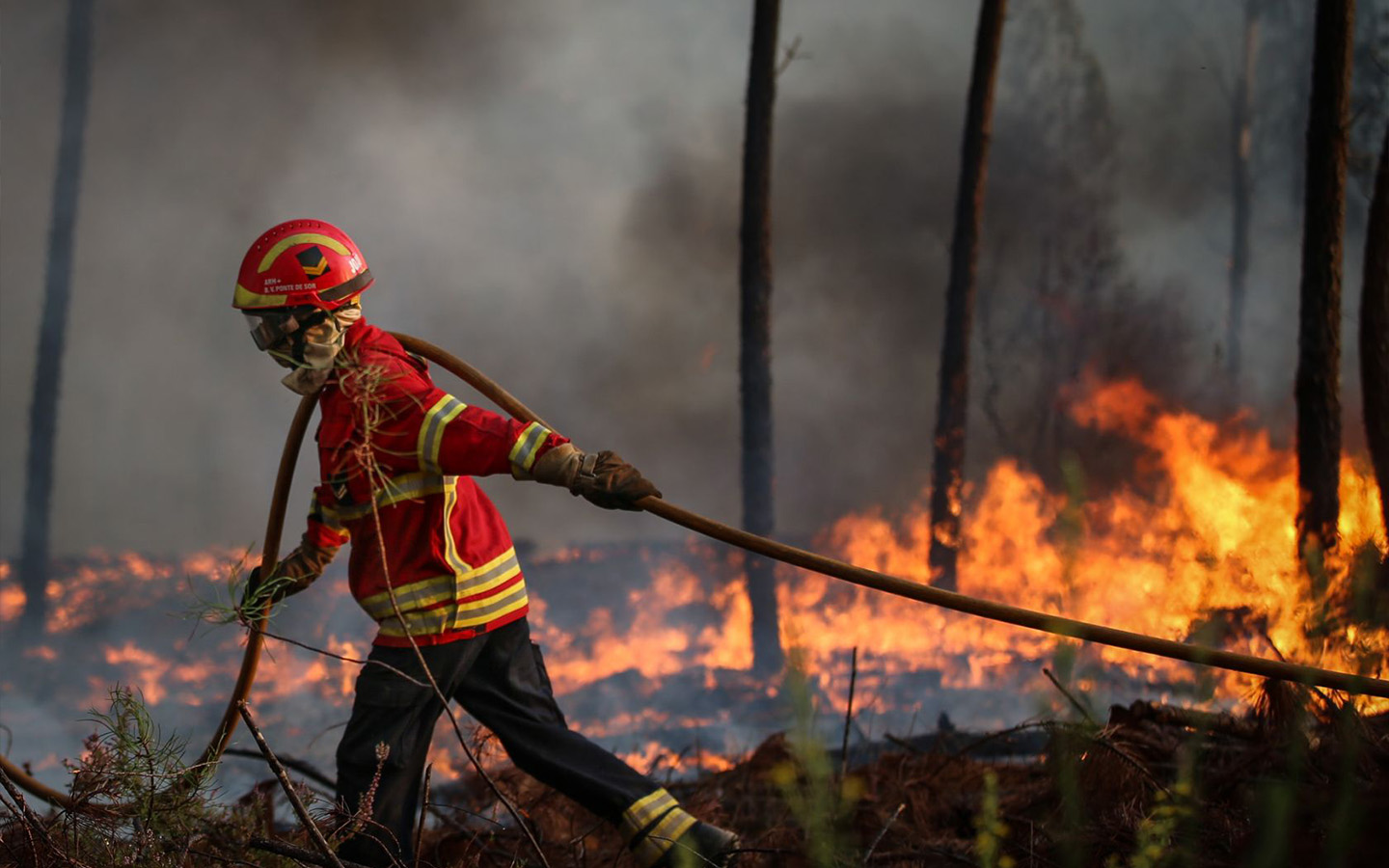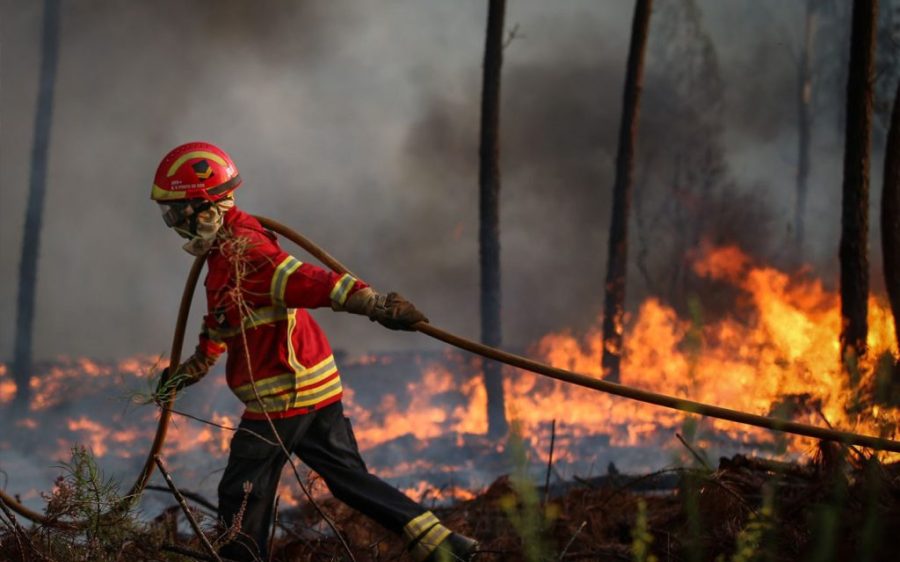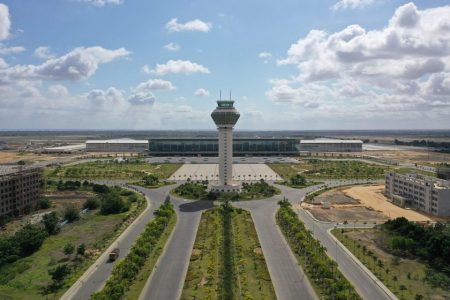Firefighters are working to contain a blaze that threatens the 15,000-acre Laurisilva Forest, a World Heritage Site in Madeira that is home to many plant species found nowhere else on Earth.
A week after igniting in the mountains of Ribeira Brava, the fire has spread east to the municipality of Câmara de Lobos and west to Ponta do Sol. Authorities in the Portuguese autonomous region have advised nearly 200 residents to evacuate as a precautionary measure since the fire began, although many have already returned to their homes. No fatalities or injuries have been recorded, save three firefighters treated for exhaustion, and there have been no reports of damaged homes or essential infrastructure. However, nearly 8,000 hectares of forest have burned, accounting for 14 percent of the island’s total forest area.
More than 100 firefighters from Madeira, as well as mainland Portugal and the Azores, continue to operate on two fronts: Curral das Freiras in Câmara de Lobos and Paul da Serra in Ponta do Sol, with the former being “the most worrying” as it threatens to advance into the municipality of São Vicente.
[See more: An intense drought has led to hundreds of wildfires in Brazil’s Pantanal region]
Although it remains unharmed so far, the other great concern remains the threat to Laurisilva Forest, the world’s largest surviving laurel forest and home to over 1,000 plant species, some 20 percent of which are exclusive to Madeira. If fires spread to its slopes, explained Regional Civil Protection Service President António Nunes, they will be “impossible” to fight with land-based resources, while strong winds in the enclosed valley rule out airtankers as well.
“No matter how hard it is, no matter how much it may hurt,” Nunes said, it may be necessary to let a fire burn there until it reaches an area where firefighters can operate. UNESCO Chair in Biodiversity and Conservation for Development Helena Freitas expressed concern over Nunes’ statement, warning that the damage wrought by the unrestricted fire might be permanent.
There are some grounds for cautious optimism, at least. Both the temperature and the winds, which had been gusting up to 70 kilometres an hour, have begun to drop. With luck, this improvement in conditions will be enough to bring the fires under control before Laurisilva can be harmed.






